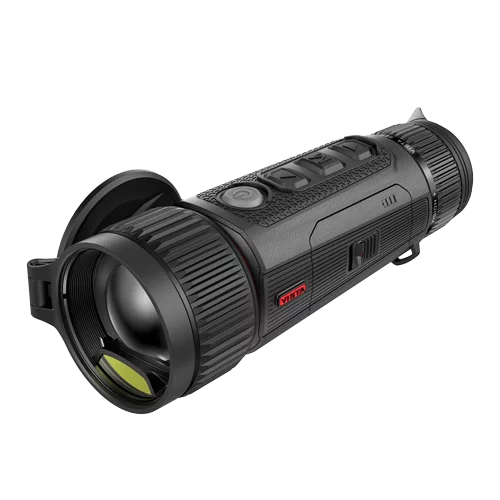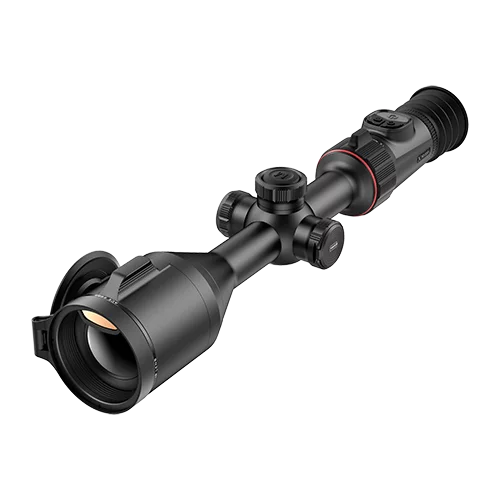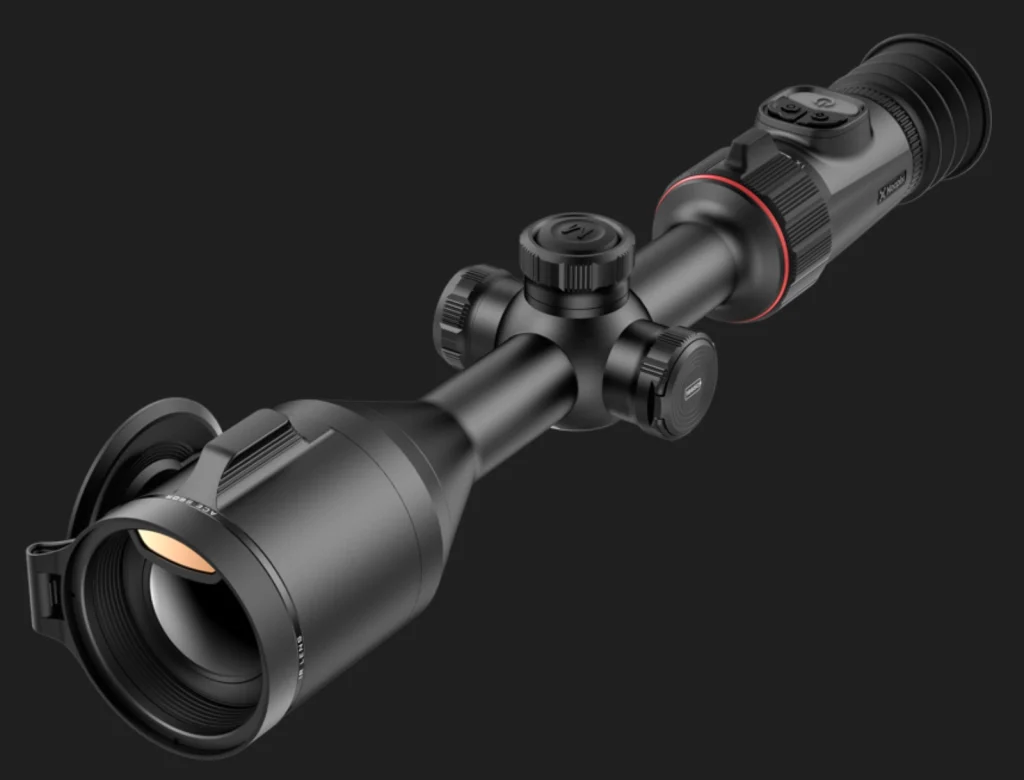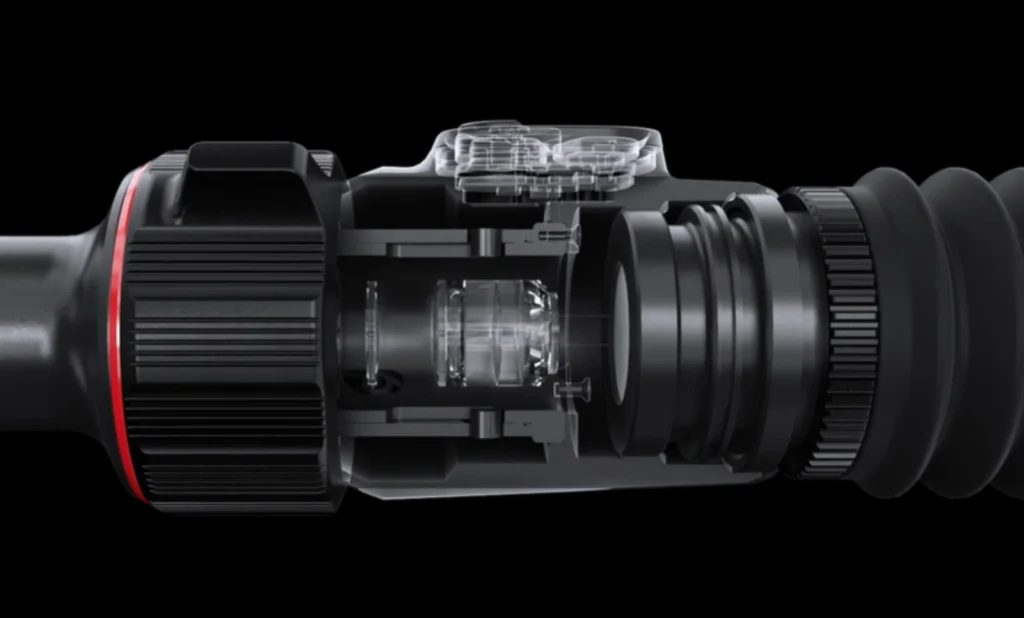In the thermal hunting industry, major manufacturers are continuously developing new technologies to meet the demand for clearer long-distance observation. One critical aspect is the ability to magnify targets, which is essential for long-range hunting and in complex, noise-filled environments.
Nocpix’s latest riflescope, the ACE, is equipped with industry-leading optical zoom technology that allows for image magnification without pixelation or blurring, significantly pushing the limits of infrared observation capabilities.
The optical zoom of a lens group works by changing the combination and relative position of the lenses to magnify or shrink an object. This principle uses the phenomenon of light refraction. By combining multiple lenses, users can adjust the focal length to achieve zoom effects. When users move the lens group, the field of view also changes, allowing them to get clear and realistic images under different observation conditions.
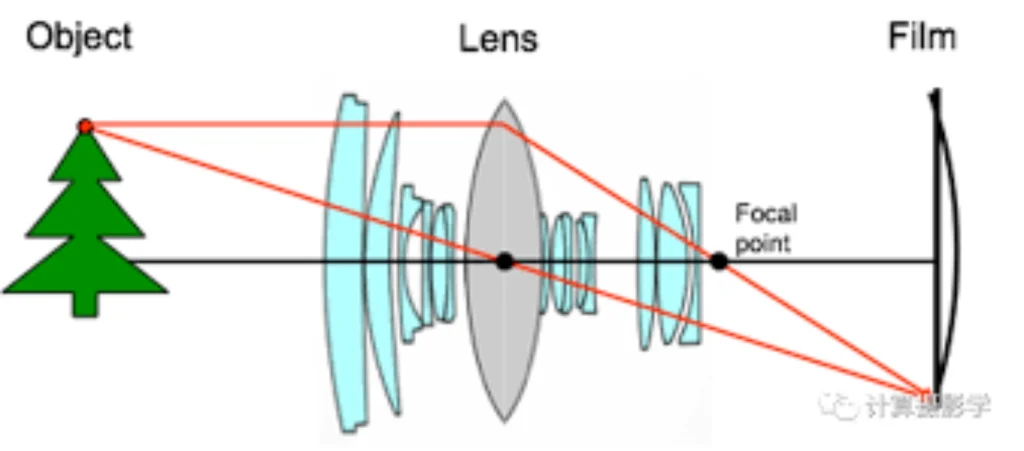
This zoom technology is mainly used in imaging systems, observation devices, and measuring instruments. For example, in satellite imaging systems, optical zoom technology allows satellites to observe ground targets in detail from different heights and angles, capturing high-resolution image data. This capability is crucial for tasks like Earth monitoring, environmental research, and disaster assessment.

For thermal imaging products, traditional zoom method is to electronically enlarge the image on the display.
Nocpix’s product takes an innovative approach by using an optical zoom design in the eyepiece, adding a lens group that optically enlarges the display screen.
Generally speaking, electronic zoom relies on digital processing algorithms that generate new pixel values through interpolation. However, this method can lead to blurry images and loss of detail, especially in low-resolution images, where distortion and blurriness are more pronounced. Even though OLED screens have good contrast and color performance, details can still be affected.
In contrast, ocular zoom directly enlarges the pixels of the screen through the lens group, which better preserves real details, especially when observing small features. Ocular zoom provides clearer edges and finer details without the pixel interpolation process, and its flexible magnification allows it to adapt to different observation needs without significantly impacting image clarity.
For users, the ocular zoom ring is easier to operate. And compared to the electronic zoom commonly used in other thermal scopes, the ocular zoom offers a more detailed and realistic image, providing a lossless zoom experience that is much closer to the visual experience of traditional scopes.
Let’s look forward to more new technologies on the horizon, and like the goal ACE aims to achieve: Rule the night, Tame the wild.


